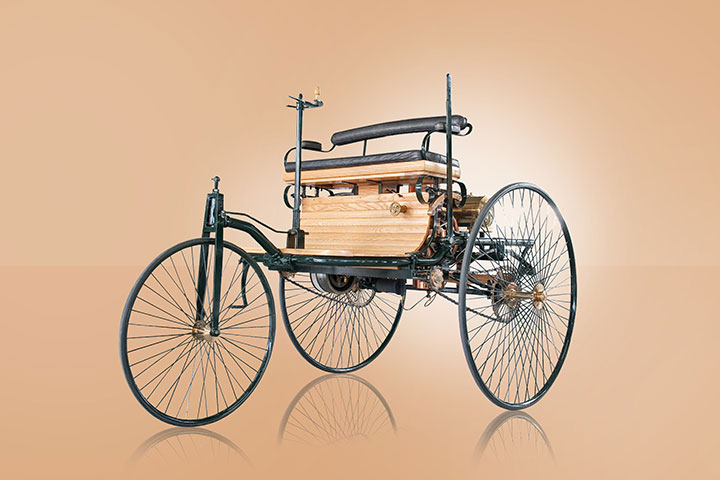Patents/utility models
Patent protection is granted for technical inventions. An inven-tion is patentable if it is new, involves an in-ventive step and is susceptible of industri-al application. In princi-ple, all objects and processes from all fields of technology are patentable. A dis-tinction is made be-tween product patents and process patents.
A product patent can protect, for example, machines and machine parts, arrangements of individual wine parts, electronic circuits, medicines and chemi-cal substances. Process patents protect, for example, the manufac-turing processes of products, working methods or the use of products for certain purposes.
With the publication of the grant of the pa-tent, the proprietor obtains the exclusive right to use the patent.


The utility model is considered the so-called “small patent”. In principle, the utility model has the same requirements for pro-tection as the patent. However, processes are excluded from protection. Patents and utility models also differ in the duration of protection (patent max. 20 years, utility model max. 10 years) and the registration procedure.
Patents are examined for their requirements for protection. A utility model is not examined for the existence of the requirements for protection before it is examined.
As far as the applica-tion for a new patent is concerned, I will assist you in finding a patent attorney specialised in the field of technology underlying the inven-tion.
Furthermore, I support you
- in the enforcement and defence of pa-tents and utility mod-els; representation in judicial infringement and cancellation pro-ceedings and the con-duct of unilateral and adversarial official pro-ceedings
- in contractual matters relating to patents and utility models, in par-ticular the drafting of licence agreements, purchase agreements and distribution agreements
- in matters relating to the law on departing inventors

